Home>Dining>Tableware>How Can You Tell Salt And Pepper Shakers Apart?
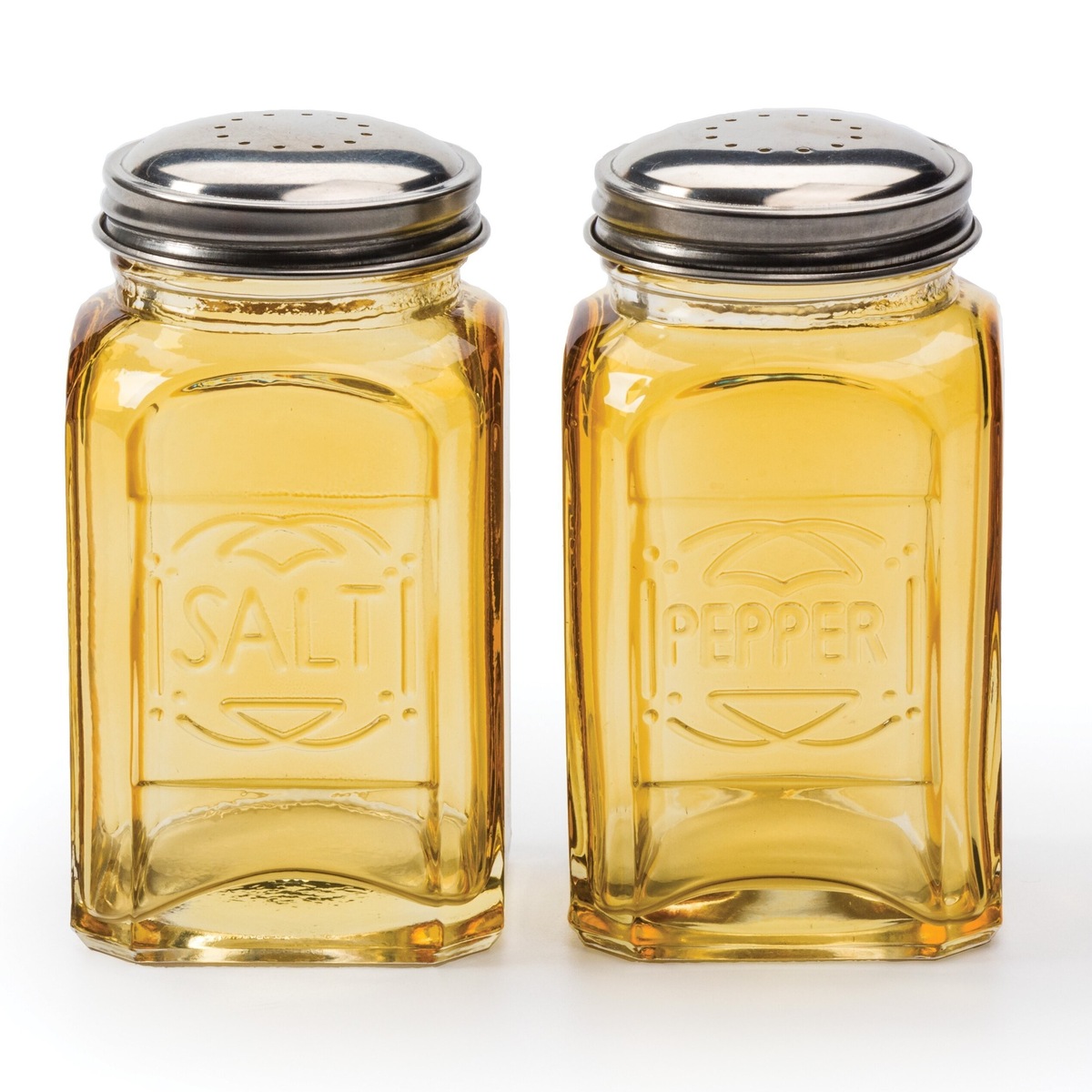

Tableware
How Can You Tell Salt And Pepper Shakers Apart?
Modified: January 5, 2024
Learn how to easily distinguish salt and pepper shakers with our helpful guide on differentiating tableware. Find out the key features and tips for telling them apart.
(Many of the links in this article redirect to a specific reviewed product. Your purchase of these products through affiliate links helps to generate commission for Storables.com, at no extra cost. Learn more)
Introduction
Salt and pepper shakers are a common sight in households and restaurants around the world. These essential tableware items allow us to season our food to perfection, enhancing the flavors and adding that extra touch of taste. But have you ever found yourself wondering how to tell salt and pepper shakers apart? While it may seem like a simple task, there are actually several factors to consider when distinguishing between these two seasonings.
In this article, we will delve into the world of salt and pepper shakers, exploring the various design differences, size and shape variations, dispensing mechanisms, labels or markings, and practical factors that can help us identify whether we are holding the salt or pepper shaker in our hands.
So, let’s embark on this culinary journey and unravel the secrets of discerning salt and pepper shakers!
Key Takeaways:
- Distinguishing between salt and pepper shakers involves considering design, size, dispensing mechanisms, labels, and practical factors. Understanding these elements ensures accurate seasoning and adds a touch of culinary finesse to meals.
- Observing textures, considering different types of seasoning, and paying attention to placement and habits can aid in confidently identifying salt and pepper shakers. This knowledge enhances the dining experience and ensures the perfect seasoning for every dish.
Understanding Salt and Pepper Shakers
Salt and pepper shakers are small containers designed to hold salt and pepper, two of the most commonly used seasonings in the culinary world. These shakers serve a dual purpose: they keep the contents fresh and allow for easy dispensing during mealtime. While there may be variations in design and materials used, the basic structure of salt and pepper shakers remains consistent.
Salt shakers are typically designed with larger holes to allow for the easy flow of salt, while pepper shakers have smaller holes to control the amount of pepper being dispensed. This distinction in hole size is essential in differentiating between the two shakers. Salt shakers often have a wider base and a larger overall size compared to pepper shakers, as salt crystals are usually larger and require more space.
On the other hand, pepper shakers are generally smaller and more slender in shape. This size difference helps prevent confusion between the two shakers, as the smaller size of pepper shakers allows for easier differentiation.
Understanding the construction of salt and pepper shakers is crucial in correctly identifying them. By recognizing the key differences in size, shape, and dispensing mechanisms, we can confidently distinguish between the two and ensure our culinary creations are perfectly seasoned.
Examining Design Differences
When it comes to salt and pepper shakers, their design plays a significant role in distinguishing between the two. While there may be various designs available in the market, there are some common design differences that can help us identify whether we are looking at a salt or pepper shaker.
Salt shakers are often designed with a single hole or several larger holes on the top. This design allows for the easy and quick dispensing of salt onto food. The larger holes also accommodate the size of salt crystals, ensuring a smooth flow. Some salt shakers may even feature a twist or flip-top lid for convenient refilling.
On the other hand, pepper shakers usually have multiple smaller holes on the top. The smaller holes help control the amount of pepper being dispensed, allowing for more precise seasoning. This design prevents over-seasoning and ensures that the pepper is evenly distributed over the food. Similar to salt shakers, some pepper shakers may also have a twist or flip-top lid for easy refilling.
Additionally, the color of the shakers can also provide a clue. Salt shakers are commonly white, while pepper shakers are often black. This color distinction helps in quickly differentiating between the two shakers, especially in restaurants or when they are placed on a dining table.
Examining the design differences, such as hole size, lid type, and color, can greatly assist us in identifying whether we are dealing with a salt or pepper shaker. These design variations not only ensure ease of use but also add a touch of aesthetics to our dining experience.
Analyzing Size and Shape Variations
Size and shape are important factors to consider when distinguishing between salt and pepper shakers. While there is no fixed standard for the size and shape of these tableware items, there are some general variations that can help us identify which one is for salt and which one is for pepper.
Salt shakers are typically larger in size compared to pepper shakers. This is because salt crystals are generally larger and require more space in the shaker. The larger size of salt shakers allows for a generous amount of salt to be dispensed at once. Additionally, the wider base of salt shakers provides stability and prevents tipping.
Pepper shakers, on the other hand, are usually smaller and more slender in shape. The smaller size allows for better control when sprinkling pepper onto food. The slender shape of pepper shakers also makes them easy to hold and maneuver, ensuring a precise and even distribution of pepper.
Furthermore, the shape of the holes on the top of the shakers can also provide a clue. Salt shakers typically have larger, round holes to accommodate the larger salt crystals, while pepper shakers have smaller, often elongated holes to control the flow of pepper.
While these size and shape variations may not be universal across all salt and pepper shakers, they are commonly found and can be a helpful guide in identifying the intended use of each shaker.
By analyzing the size and shape of the shakers, along with the holes on the top, we can confidently determine whether we are holding a salt or pepper shaker in our hands.
Look for the number of holes in the shaker lid – typically, salt shakers have fewer holes than pepper shakers. Salt shakers usually have fewer holes to control the amount of salt being dispensed.
Observing Dispensing Mechanisms
The dispensing mechanism is another important aspect to consider when differentiating between salt and pepper shakers. The way the contents are dispensed can provide valuable information about whether we are looking at a salt or pepper shaker.
Salt shakers commonly feature larger holes or a shaker top with multiple holes. This design allows for a more generous amount of salt to be dispensed at once, making it easier to season the food. The larger holes also accommodate the size of salt crystals, ensuring a smooth and effortless flow.
Pepper shakers, on the other hand, typically have smaller holes or a grinder mechanism. The smaller holes help control the amount of pepper being dispensed, allowing for a more precise and customizable seasoning experience. Additionally, many pepper shakers are equipped with a grinder on the top, allowing the user to freshly grind the pepper for maximum flavor.
Examining the dispensing mechanisms can provide clear clues about the purpose of each shaker. If you come across shakers with large holes or a shaker top, it is likely a salt shaker. Conversely, if you see shakers with smaller holes or a grinder mechanism, it is more likely a pepper shaker.
It’s worth noting that while these are common dispensing mechanisms, there may be variations and innovative designs available in the market. However, by observing the dispensing mechanism, we can make an informed decision about whether we are handling a salt or pepper shaker.
Read more: How Can I Display Salt And Pepper Shakers?
Identifying Labels or Markings
Labels or markings on salt and pepper shakers can provide valuable information about their contents. Many manufacturers include labels or markings to clearly indicate whether a shaker is intended for salt or pepper.
One common way to identify the contents is through the use of text or symbols on the shaker itself. Salt shakers may have the word “Salt” or the letter “S” clearly printed or embossed on the surface. Similarly, pepper shakers may have the word “Pepper” or the letter “P” to indicate their purpose. These labels are often placed on the front or sides of the shaker for easy identification.
In addition to text, some shakers may use symbols to represent salt and pepper. A small image of a salt shaker or salt crystal is commonly used to denote a salt shaker, while an image of a pepper shaker or peppercorns is used to represent a pepper shaker. These symbols can be engraved, embossed, or printed on the outside of the shaker.
Sometimes, shakers may even incorporate color-coded elements to help users differentiate between salt and pepper. For example, a salt shaker may have a blue accent or cap, while a pepper shaker may have a red accent or cap. This color-coding system provides a quick visual indicator and eliminates any confusion during mealtime.
By carefully examining the labels or markings on the shakers, we can easily identify whether a shaker is intended for salt or pepper. These clear indications make it convenient for users to reach for the right seasoning without any guesswork.
Considering Practical Factors
While design, size, shape, dispensing mechanisms, and labels play a crucial role in distinguishing between salt and pepper shakers, there are also practical factors to consider that can help us identify the correct shaker.
One practical factor is the texture of the seasonings. Salt crystals are typically coarse, with a larger granule size, while pepper is usually finer and more powdery. By simply touching the contents or observing their texture, we can get a clue about which shaker contains salt and which contains pepper.
Another practical factor is the use of different types of salt or pepper. Some salt shakers may hold table salt, while others may contain sea salt or kosher salt, each with their distinct flavor and texture. Similarly, pepper shakers can hold different varieties of pepper, such as black pepper, white pepper, or even specialty blends. Familiarizing ourselves with the type of seasoning commonly used in each shaker can aid in accurate identification.
The placement of the salt and pepper shakers on the table or in the kitchen can also provide a practical clue. In most cases, salt shakers are placed to the right of the pepper shaker. This convention has been followed for many years, making it a reliable indicator. So, when in doubt, the shaker on the right is likely the salt shaker, while the one on the left is the pepper shaker.
Lastly, observing the habits or preferences of the individuals using the shakers can offer valuable insight. If someone tends to reach for the same shaker repeatedly for a specific seasoning, it can give a strong indication of which shaker holds salt or pepper.
By considering these practical factors, including texture, type of seasoning, placement, and observation of habits, we can confidently determine the intended use of each shaker and avoid any mix-ups during mealtime.
Conclusion
As we conclude our exploration of how to tell salt and pepper shakers apart, we have learned that there are several key factors to consider. Understanding the design differences, analyzing size and shape variations, observing the dispensing mechanisms, identifying labels or markings, and considering practical factors all contribute to successfully distinguishing between the two shakers.
By recognizing that salt shakers typically have larger holes, are often larger in size, and may have labels or symbols indicating “Salt,” we can easily differentiate them from pepper shakers. On the other hand, pepper shakers usually have smaller holes, are smaller and more slender in shape, and may have labels or symbols indicating “Pepper.”
Observing the textures, such as coarse salt crystals or fine pepper powder, and considering the different types of salt or pepper commonly used in each shaker, further aids in accurate identification. Additionally, paying attention to the placement of the shakers and the habits of individuals using them can provide practical clues.
By utilizing these methods and being aware of the various factors discussed, we can confidently determine whether we are holding a salt or pepper shaker. This knowledge ensures that we can properly season our culinary creations, enhancing their flavors and adding that extra touch of taste.
So, the next time you find yourself wondering how to tell salt and pepper shakers apart, remember to examine the design, size, shape, dispensing mechanisms, labels or markings, and practical factors. With a bit of observation and attention to detail, you’ll easily be able to differentiate between these essential tableware items.
Enjoy the seasoning journey and the endless culinary possibilities that salt and pepper bring to your meals!
Frequently Asked Questions about How Can You Tell Salt And Pepper Shakers Apart?
Was this page helpful?
At Storables.com, we guarantee accurate and reliable information. Our content, validated by Expert Board Contributors, is crafted following stringent Editorial Policies. We're committed to providing you with well-researched, expert-backed insights for all your informational needs.
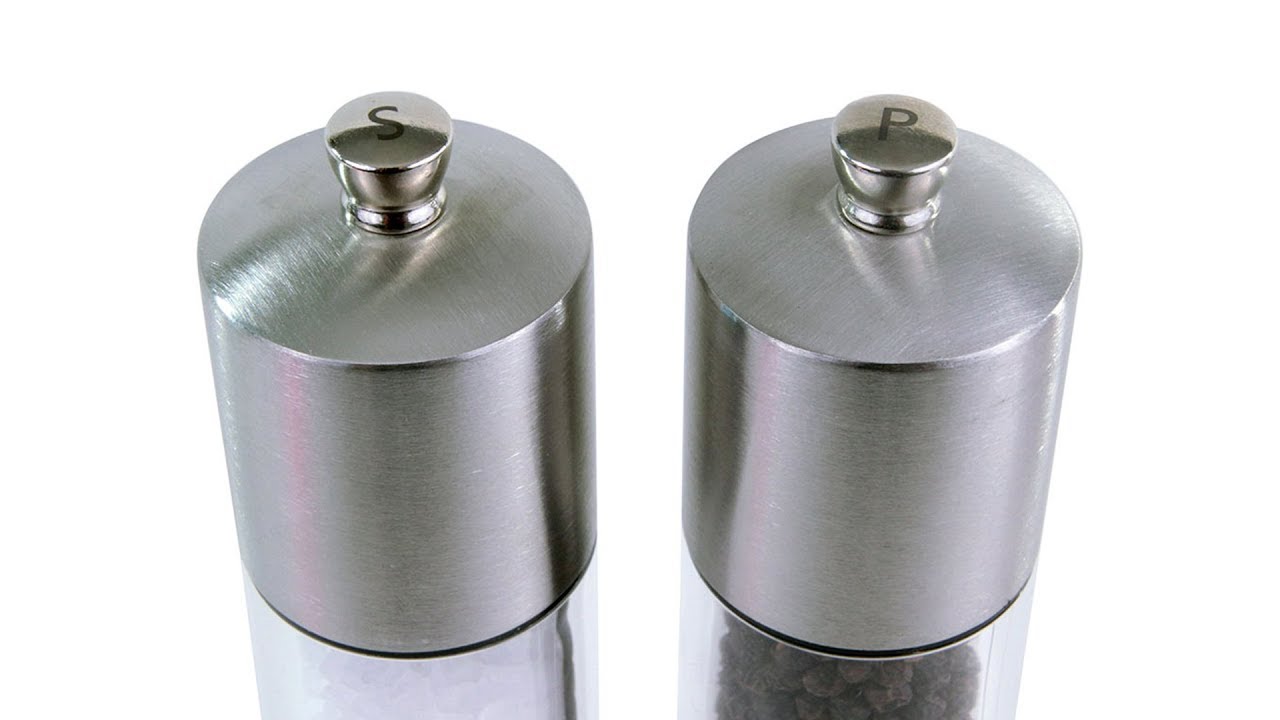



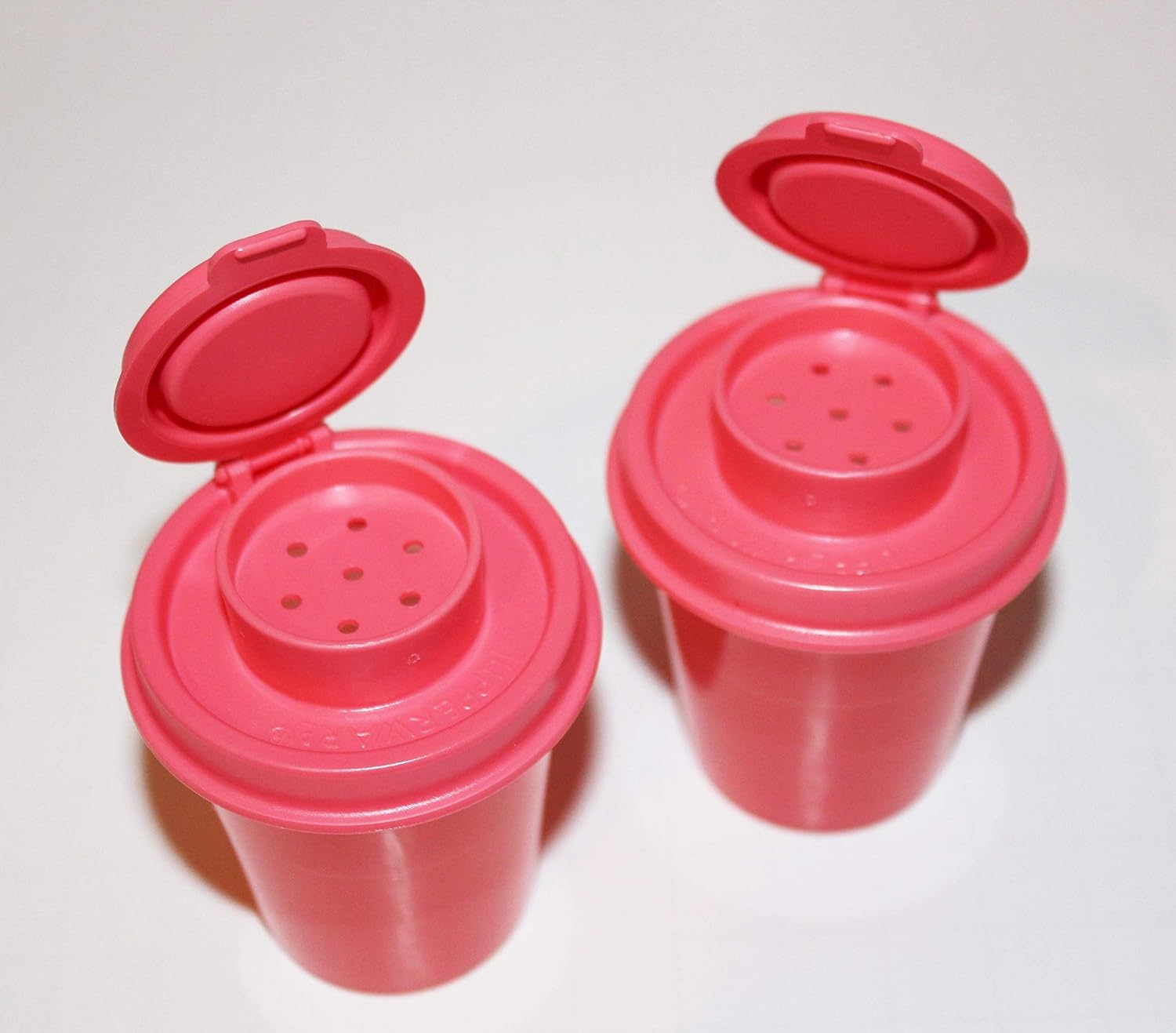
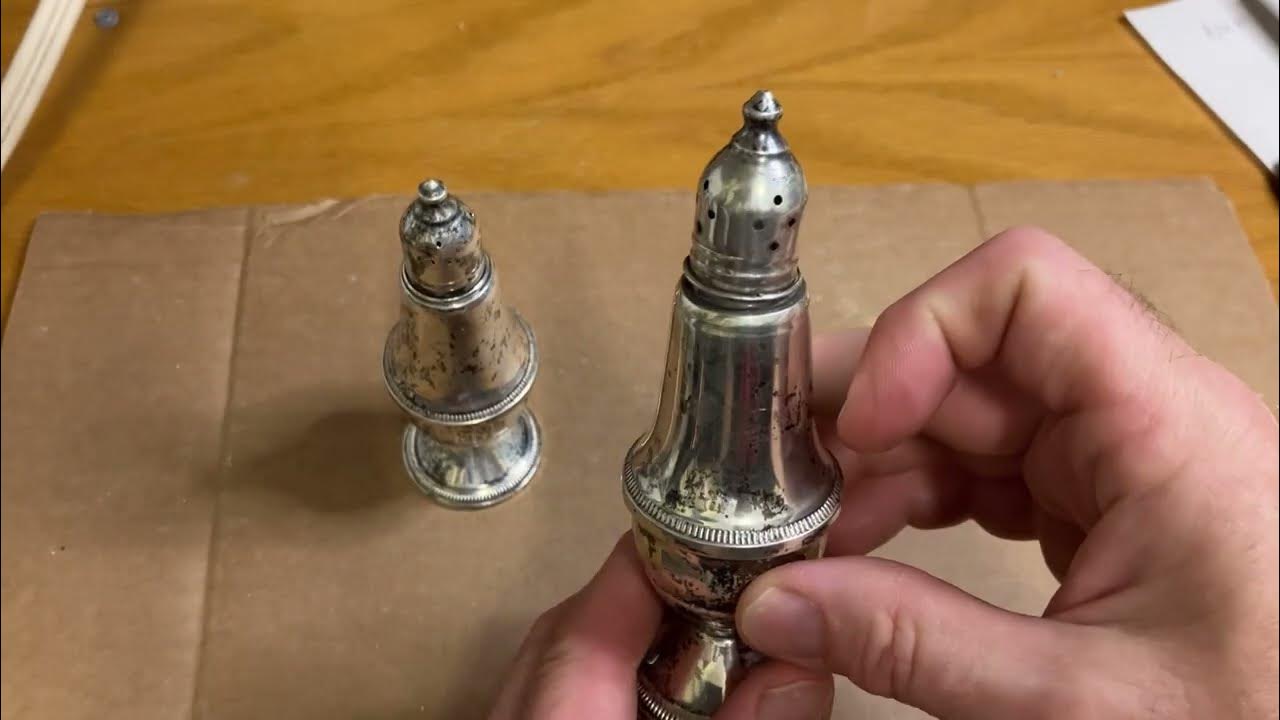

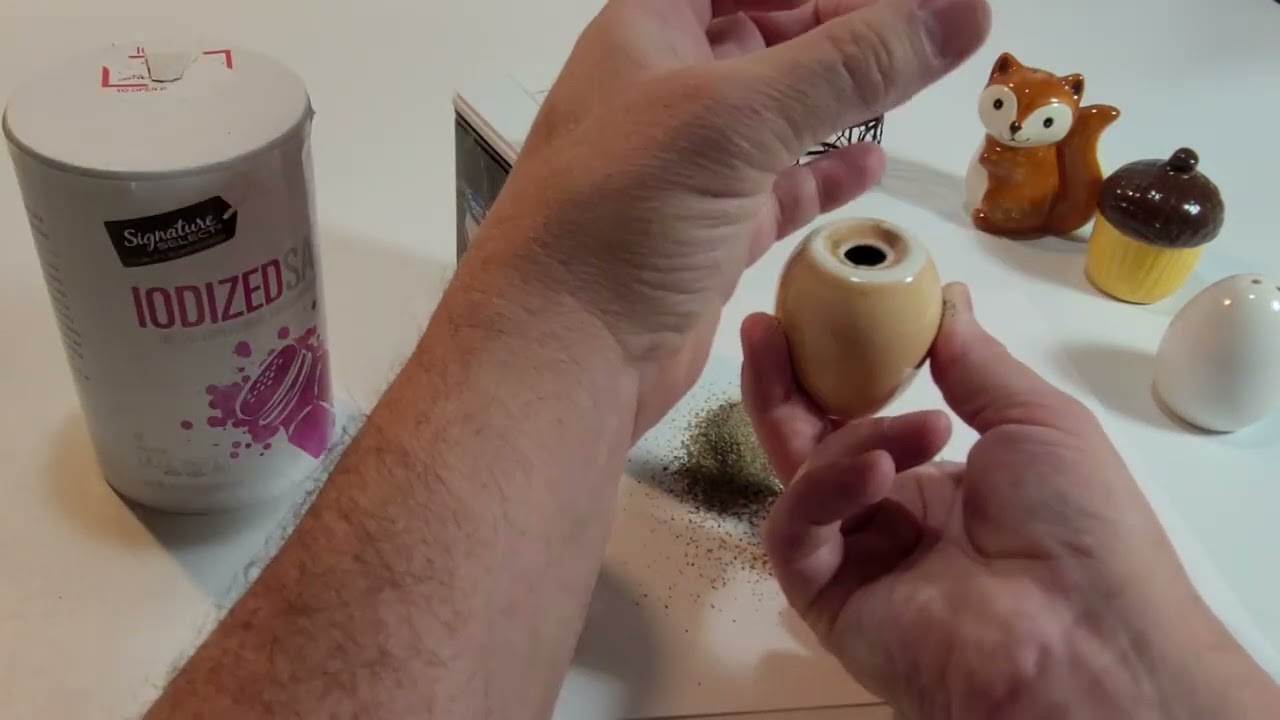

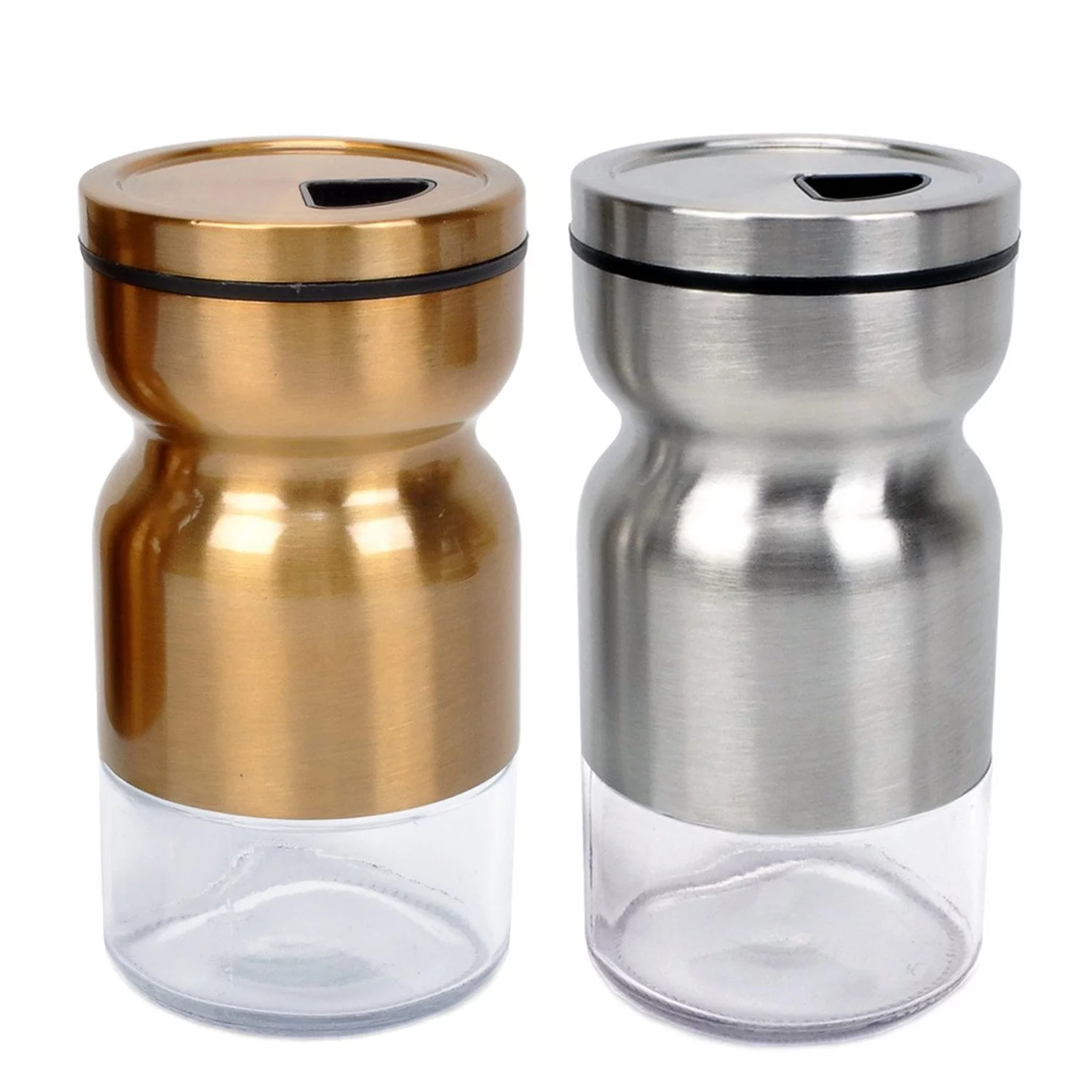
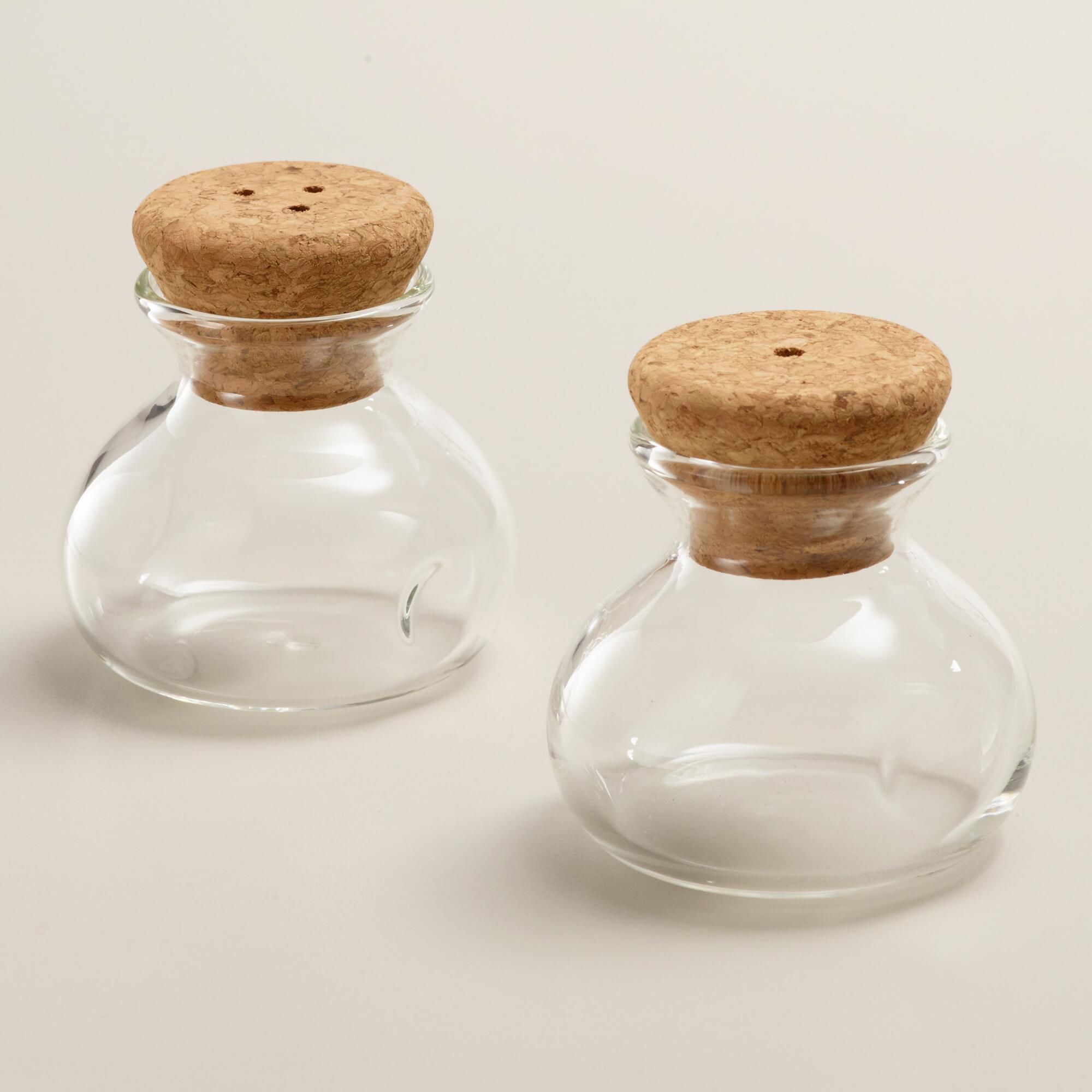
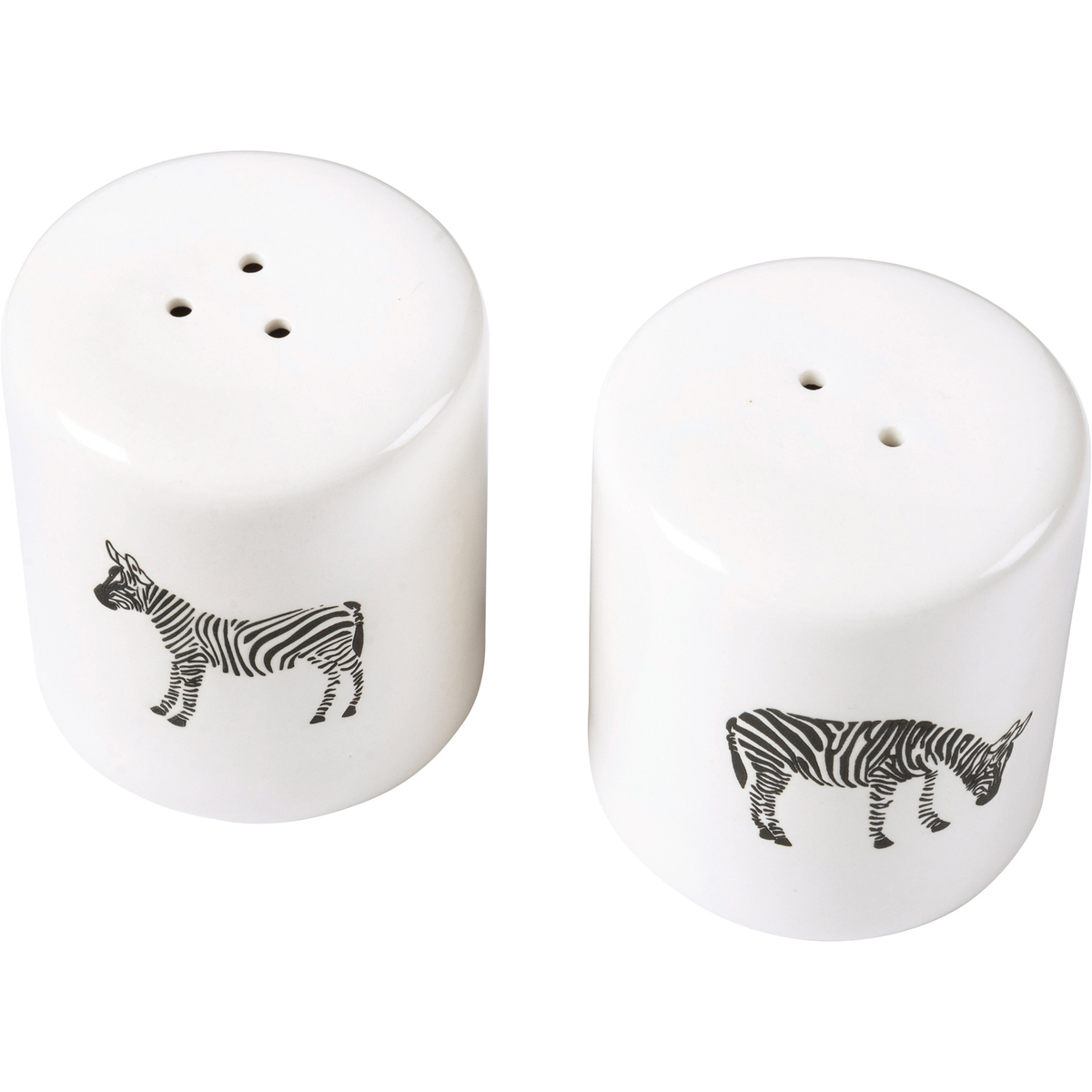

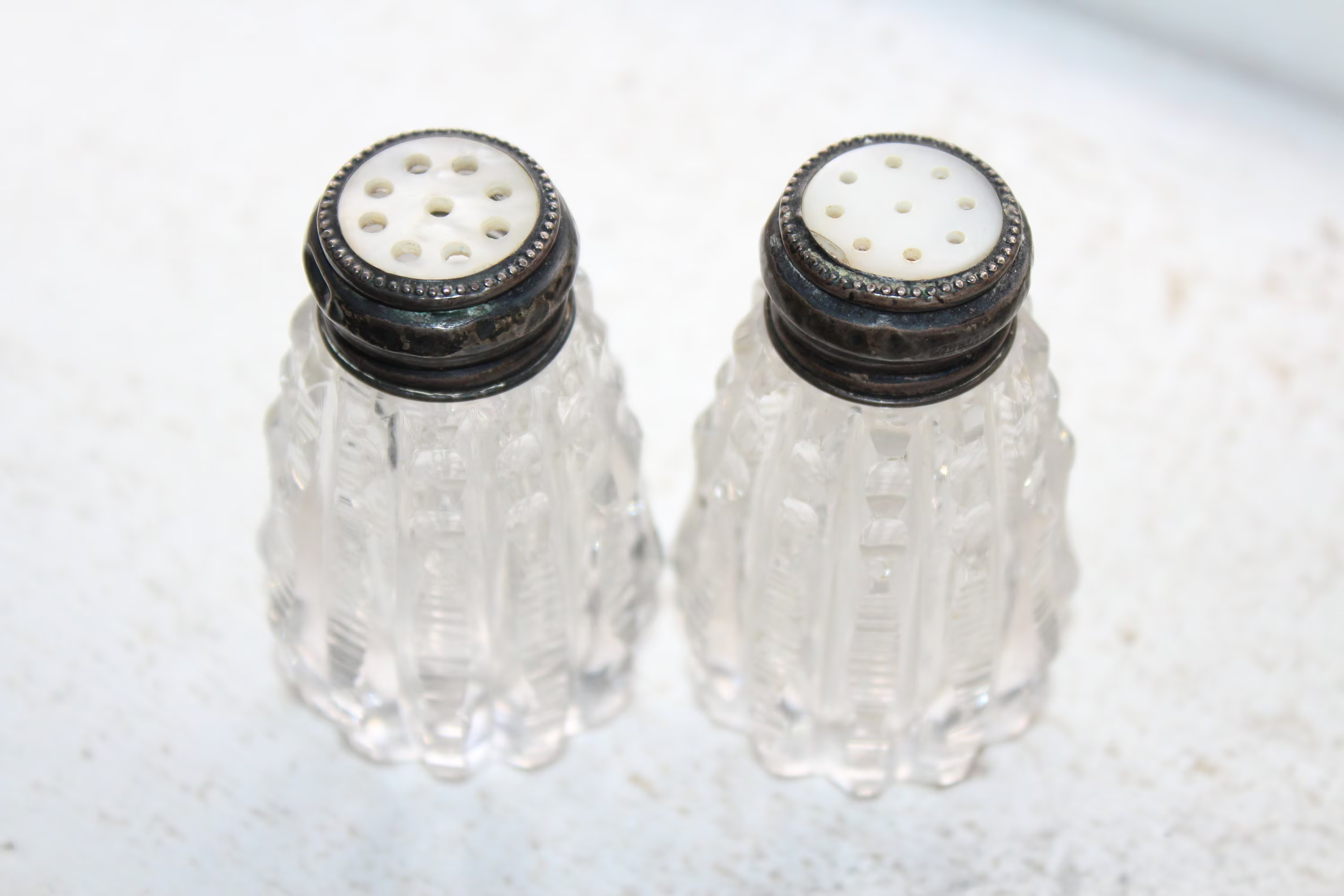

0 thoughts on “How Can You Tell Salt And Pepper Shakers Apart?”